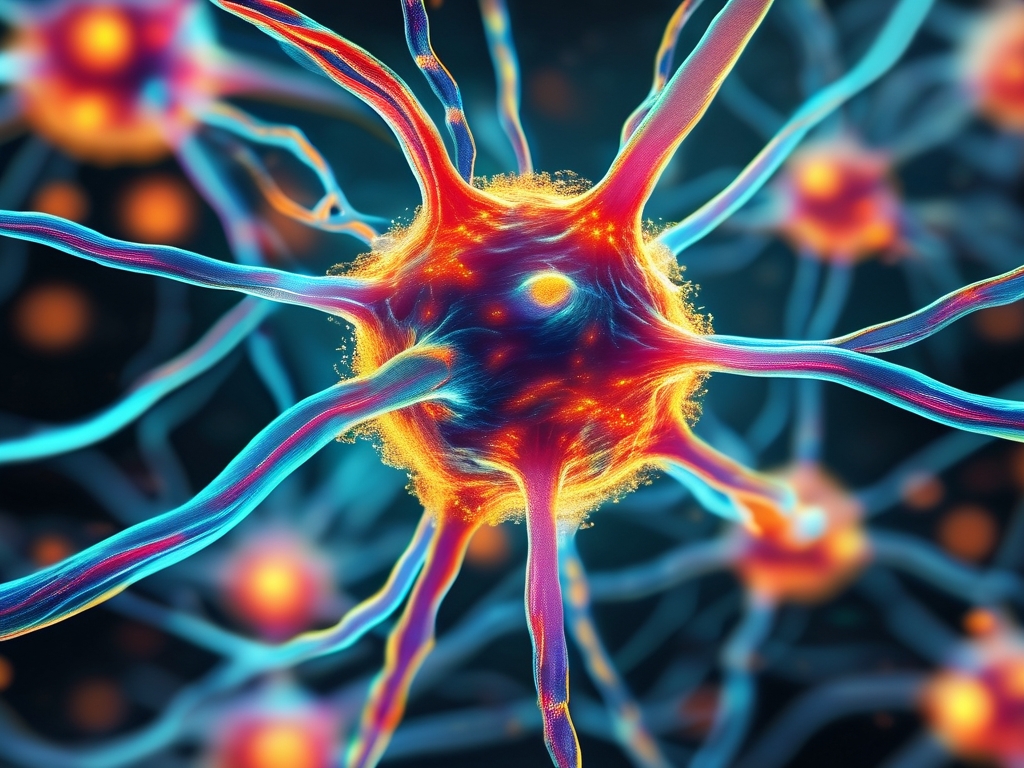The deployment of neural networks on microcontroller units (MCUs) represents a critical frontier in the evolution of embedded systems and edge computing. As industries increasingly demand intelligent, low-power devices capable of real-time decision-making, integrating machine learning models into resource-constrained MCUs has become both a technical necessity and a formidable challenge. This article explores the complexities of neural network deployment on MCUs, discusses optimization strategies, and highlights emerging trends in this rapidly evolving field.

1. The Growing Importance of MCU-Based Neural Networks
Microcontroller units are ubiquitous in modern electronics, powering devices ranging from smart sensors to wearable gadgets. Unlike high-performance processors, MCUs prioritize energy efficiency, cost-effectiveness, and compact form factors. Deploying neural networks on these devices unlocks transformative possibilities:
- Real-Time Edge Intelligence: Enabling localized decision-making without cloud dependency.
- Privacy Preservation: Reducing data transmission by processing information on-device.
- Energy Efficiency: Minimizing power consumption for battery-operated applications.
However, MCUs typically operate with limited computational resources (e.g., <1MB Flash memory, <256KB RAM) and lack dedicated neural processing units (NPUs), making traditional deep learning models impractical.
2. Key Challenges in MCU Deployment
a. Memory Constraints
Modern neural networks often require megabytes of storage for weights and activations, exceeding the Flash/RAM capacities of most MCUs. For example, a simple 3-layer convolutional neural network (CNN) may demand 500KB of memory, while advanced models like ResNet-50 exceed 100MB.
b. Computational Limitations
MCUs lack parallel processing capabilities, forcing matrix operations to run sequentially on low-clock-speed CPUs (often <200 MHz). A single inference pass for even a lightweight model like MobileNetV2 could take seconds-unacceptable for real-time applications.
c. Energy Efficiency
Battery-powered devices require ultra-low-power operation (<1mW). Traditional neural network inference can drain power reserves rapidly due to intensive arithmetic operations.
3. Optimization Strategies for MCU Deployment
a. Model Compression Techniques
- Quantization: Reducing weight precision from 32-bit floats to 8-bit integers (INT8) or even 4-bit formats, cutting memory usage by 75–90%.
- Pruning: Removing redundant neurons or connections to create sparse networks.
- Knowledge Distillation: Training smaller "student" models to mimic larger "teacher" models.
b. Hardware-Software Co-Design
- Operator-Level Optimization: Leveraging MCU-specific instruction sets (e.g., ARM CMSIS-NN) to accelerate matrix multiplications.
- Memory Management: Using in-place computation and dynamic memory allocation to minimize RAM footprint.
c. Framework Innovations
Tools like TensorFlow Lite for Microcontrollers and STM32Cube.AI provide tailored solutions:
- Automatic model conversion and memory profiling.
- Pre-optimized kernel libraries for common MCU architectures.
4. Case Studies: Success Stories
a. Keyword Spotting on ARM Cortex-M4
A 20KB CNN deployed on a 80MHz Cortex-M4 achieves 95% accuracy in voice command recognition, consuming just 3mW during inference.
b. Predictive Maintenance with RISC-V MCUs
A pruned LSTM network running on a RISC-V core analyzes vibration sensor data, predicting motor failures with 89% accuracy while using only 50KB of Flash.
5. Future Directions
- TinyML Ecosystem: Standardized benchmarks (e.g., MLPerf Tiny) and open-source tools are lowering entry barriers.
- Neuromorphic Hardware: MCUs with event-driven architectures (e.g., Loihi) promise orders-of-magnitude efficiency gains.
- Federated Learning: Enabling collaborative model updates across distributed MCU networks without centralized data collection.
6.
Deploying neural networks on MCUs is no longer a theoretical exercise but a practical engineering discipline. Through model optimization, hardware-aware design, and innovative toolchains, developers can harness the power of AI in even the most constrained environments. As the Internet of Things (IoT) continues to expand, MCU-based neural networks will play a pivotal role in bringing intelligence to the edge-transforming industries from healthcare to industrial automation.









